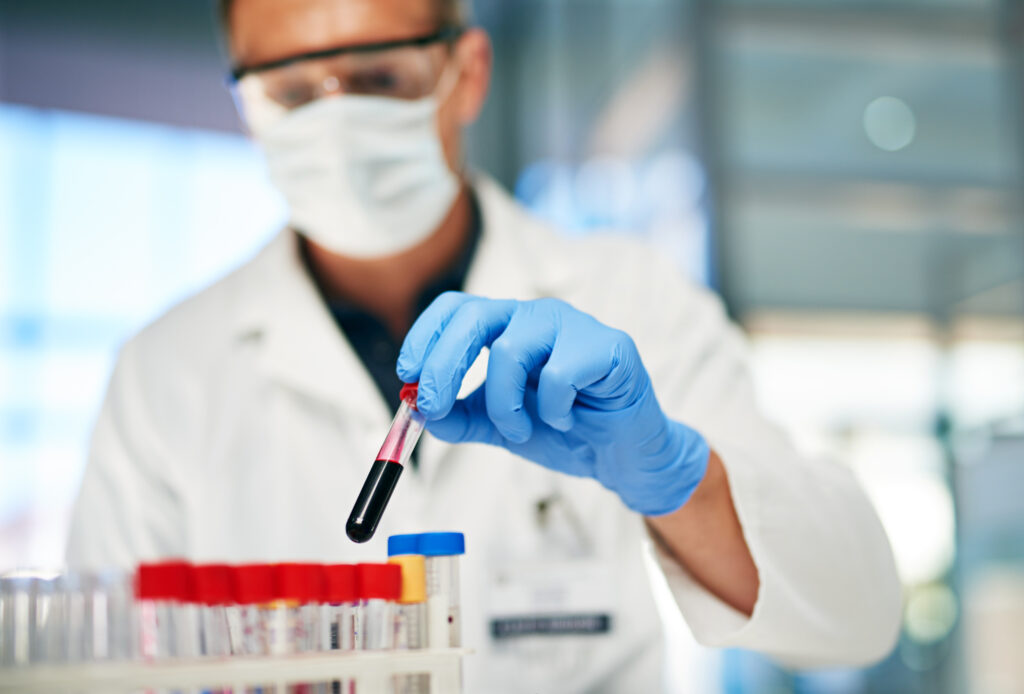Clinical and life sciences laboratories are operating in a rapidly evolving environment where regulatory scrutiny, patient safety, and diagnostic innovation intersect. From the FDA’s Laboratory Developed Test (LDT) final rule to global standards like the ISO 15189, testing requirements are becoming more prescriptive and data-driven.
New diagnostic technologies—from liquid biopsy to digital pathology—are shifting expectations for turnaround time, accuracy, and data integrity. For labs, staying competitive now means ensuring traceability, reproducibility, and digital readiness across all workflows.
Core Trends Reshaping Test Menus
1. Liquid Biopsy and Non-Invasive Diagnostics
Liquid biopsy is emerging as a complement to traditional tissue-based methods, particularly in oncology. It offers the ability to monitor tumor progression, treatment response, and minimal residual disease through circulating biomarkers. Testing labs must be prepared for ultrasensitive assays that combine genomics and bioinformatics to deliver actionable results.
A lot is changing in consumer products, pharmaceuticals and biopharmaceuticals, environmental testing, metals and mining, food and beverage, medical devices, and cross-industry innovations.
If you are a third-party or contract testing lab, you need to know why the sector is shifting, the core trends reshaping test menus and methods, and the recent developments affecting operations, so you can take practical steps now to stay competitive.
Get a sector-by-sector look at the trends shaping laboratory testing in 2025 and beyond. Download the cross-industry playbook for insights into digital readiness and sustainable lab practices.

2. Digital Pathology and AI-Enhanced Imaging
Microscopy is shifting toward digital pathology platforms, which allow remote review, AI-assisted image analysis, and integration with electronic medical records. This trend improves efficiency but also requires robust data storage, cybersecurity protections, and validation of AI algorithms.
3. Rapid Molecular and Point-of-Care Testing
The demand for faster diagnostics—intensified by the COVID-19 pandemic—continues to drive adoption of rapid PCR, isothermal amplification, and CRISPR-based assays. These methods reduce turnaround time but require rigorous validation for reproducibility and sensitivity.
4. Strengthening Compliance and Accreditation
The FDA’s LDT final rule is reshaping the oversight of clinical lab-developed tests, while updates to the ISO 15189 emphasize competence, quality systems, and patient-centered outcomes. Together, these frameworks raise expectations for method validation, audit readiness, and traceability across the entire testing cycle.
Recent Developments Affecting Lab Operations
- Expansion of bioinformatics and data science skills as clinical testing increasingly integrates genomic and proteomic data.
- Cybersecurity as a quality expectation, especially under HIPAA and GDPR, with regulators requiring structured approaches to data protection.
- Growing emphasis on interoperability, with lab systems expected to seamlessly exchange information with hospital records, EHRs, and registries.
Practical Steps for Laboratories
To meet the evolving demands of clinical testing, laboratories should:
- Validate new diagnostic methods early: Ensure rigorous reproducibility and that uncertainty is documented for liquid biopsy, rapid PCR, and AI-enhanced imaging.
- Prioritize digital readiness: Invest in secure, interoperable LIMS/ELN platforms capable of integrating with EHR systems.
- Strengthen data governance: Implement role-based access, structured audit trails, and encryption to align with HIPAA, GDPR, and FDA Part 11 requirements.
- Upskill staff in bioinformatics: Train teams to handle genomic and multi-omic datasets, ensuring clinical results are both accurate and interpretable.
- Prepare for expanded oversight: Align with LDT requirements and the ISO 15189 updates to demonstrate competence and audit readiness.
Futureproof Your Clinical and Life Science Testing Lab
Clinical and life sciences labs are transitioning toward data-intensive, digitally connected, and regulation-driven operations. Success will depend on early validation of novel methods, robust cybersecurity and interoperability, and staff skilled in handling complex datasets—ensuring diagnostic accuracy while maintaining compliance in an increasingly global testing environment.
If you’re a clinical and life science testing laboratory, this eBook is for you.
Download the resource to learn about more ways of equipping your lab to meet the rising demands of the field.
You can also register your lab on our new and improved lab directory to get new business and stay ahead in the game.
This article was created with the assistance of Generative AI and has undergone editorial review before publishing.

